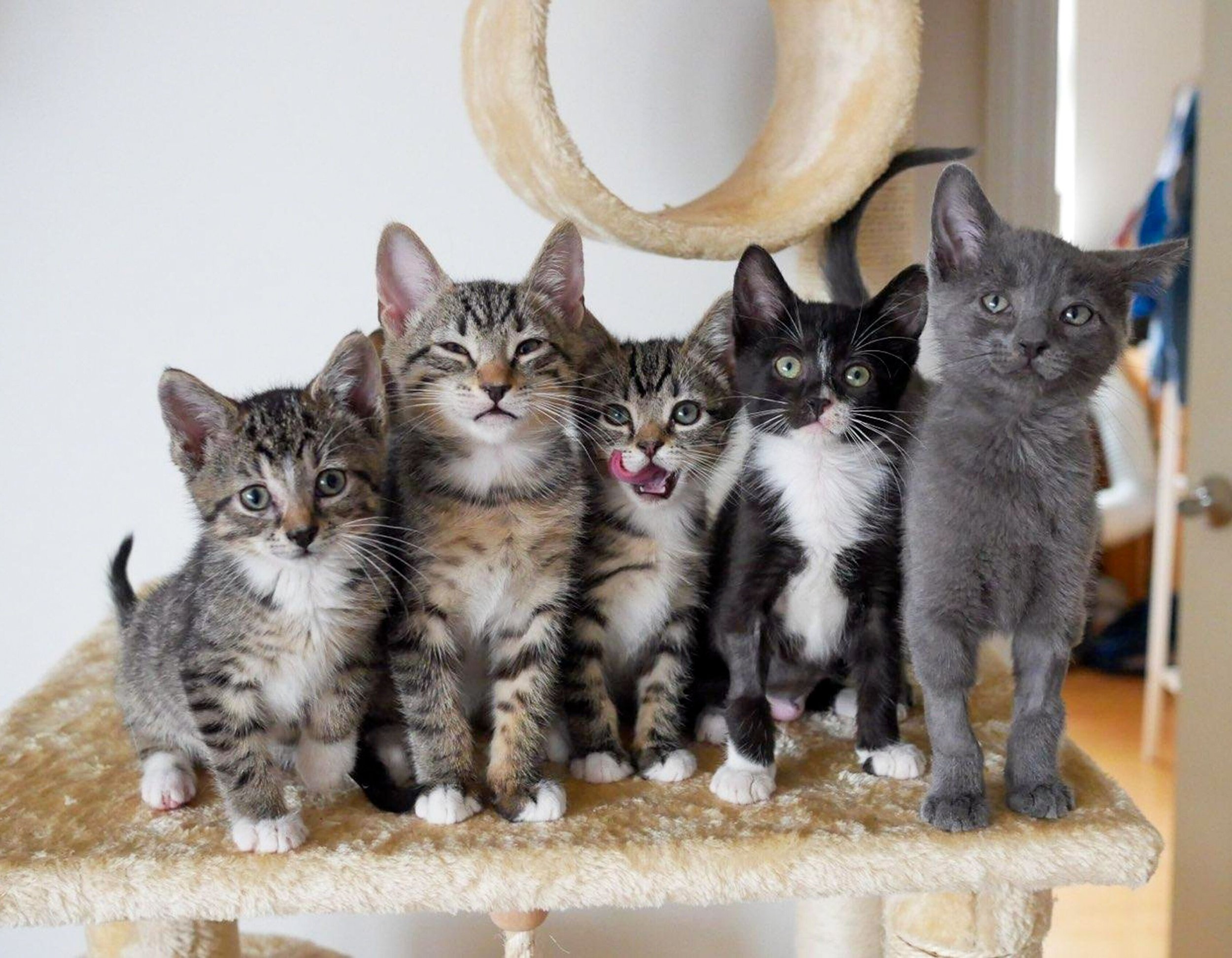
Cat Adoption
Introduction
Cat adoption refers to the process of taking in a cat from a shelter, rescue organization, or individual and providing it with a permanent home. Adopting a cat can be a rewarding experience as it not only provides a loving home for the animal but also helps reduce the number of homeless cats in shelters. This comprehensive guide will explore various aspects of cat adoption, including reasons to adopt, the adoption process, considerations before adopting, and tips for welcoming a new cat into your home.
Reasons to Adopt a Cat
There are numerous reasons why individuals choose to adopt cats. Some of the common reasons include:
Saving a Life: By adopting a cat from a shelter, you are giving them a second chance at life. Many cats end up in shelters due to abandonment, neglect, or being stray. Adopting them provides them with a safe and loving environment.
Reducing Overpopulation: The number of homeless cats can be overwhelming, and by adopting one, you are helping to reduce the burden on shelters and rescue organizations.
Companionship: Cats make wonderful companions. They provide love, comfort, and companionship to their owners.
Health Benefits: Studies have shown that owning a cat can have positive effects on human health, such as reducing stress and lowering blood pressure.
Breed Selection: Shelters often have a variety of breeds available for adoption, allowing you to find the perfect match for your lifestyle and preferences.
The Cat Adoption Process
The process of adopting a cat may vary depending on the organization or shelter you choose to adopt from. However, there are some common steps involved:
Research: Before beginning the adoption process, it is important to research different shelters or rescue organizations in your area. Look for reputable ones that prioritize the welfare of their animals.
Visit Shelters: Visit the shelters or rescue organizations to meet the cats available for adoption. Spend time with them to assess their behavior and compatibility with your lifestyle.
Application: Fill out an adoption application form provided by the shelter. This form typically includes information about your living situation, experience with pets, and references.
Interview: Some shelters may conduct an interview to further assess your suitability as a cat owner. They may ask questions about your previous pet ownership experience, lifestyle, and willingness to provide necessary care for the cat.
Home Visit: In certain cases, shelters may conduct a home visit to ensure that you have a suitable living environment for a cat. They may check for safety measures, such as secure windows and doors.
Adoption Fee and Paperwork: Once approved, you will be required to pay an adoption fee, which often covers the cost of vaccinations, spaying/neutering, and microchipping. You will also need to sign adoption paperwork.
Bringing Your Cat Home: Prepare your home for the arrival of your new cat by setting up a cozy bed, litter box, scratching posts, and food/water bowls. Make sure to introduce them gradually to their new surroundings.
Considerations Before Adopting
Before adopting a cat, it is important to consider several factors:
Lifestyle: Assess whether owning a cat fits well with your lifestyle. Cats require attention, care, and regular veterinary visits.
Time Commitment: Cats need daily interaction and playtime. Ensure that you can dedicate enough time to meet their needs.
Financial Responsibility: Owning a cat comes with financial responsibilities such as food, veterinary care, grooming supplies, and toys. Consider whether you can afford these expenses.
Allergies: Determine if anyone in your household has allergies to cats. It is important to ensure that adopting a cat will not negatively affect anyone’s health.
Long-term Commitment: Cats can live for 15 years or more. Ensure that you are ready for the long-term commitment of caring for a cat throughout its lifespan.
Tips for Welcoming a New Cat
Once you have adopted a cat, it is essential to provide them with a smooth transition into their new home. Here are some tips to help you:
Create a Safe Space: Set up a designated area in your home where the cat can feel safe and secure. Provide them with a cozy bed, litter box, food, and water.
Gradual Introduction: Introduce your new cat to different areas of your home gradually. Allow them to explore at their own pace, ensuring they feel comfortable and safe.
Establish Routine: Cats thrive on routine. Establish a feeding schedule, playtime routine, and regular grooming sessions to help them adjust quickly.
Provide Enrichment: Engage in interactive play sessions with your cat using toys and scratching posts. This helps keep them mentally and physically stimulated.
Patience and Love: Give your new cat time to adjust to their new surroundings. Offer plenty of love, patience, and understanding as they settle into their new home.
Conclusion
Cat adoption is a compassionate act that provides a loving home to cats in need. By adopting a cat, you not only save a life but also gain a loyal companion. Consider the reasons to adopt, go through the adoption process diligently, and make sure you are fully prepared before bringing a new cat into your home. With patience and care, your adopted cat will become an integral part of your family.
Top 3 Authoritative Reference Publications or Domain Names Used:
- ASPCA (American Society for the Prevention of Cruelty to Animals): The ASPCA is a leading animal welfare organization that provides information and resources on pet adoption, care, and welfare.
- Humane Society of the United States: The Humane Society of the United States is a well-known organization dedicated to promoting animal welfare. They provide valuable information on cat adoption and care.
- Petfinder: Petfinder is an online database of adoptable pets from thousands of shelters and rescue organizations across North America. It is a reliable source for finding cats available for adoption and learning about the adoption process.

